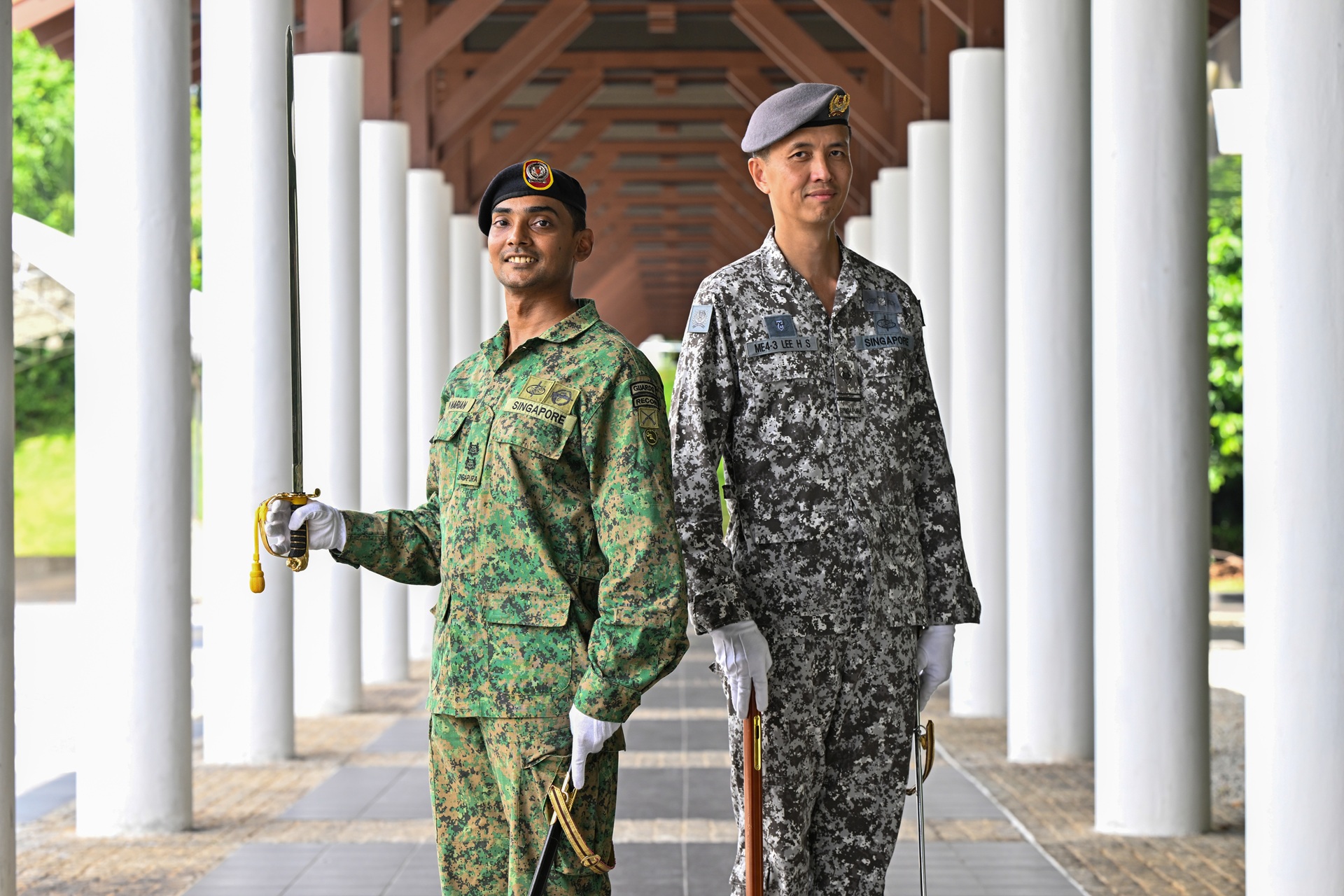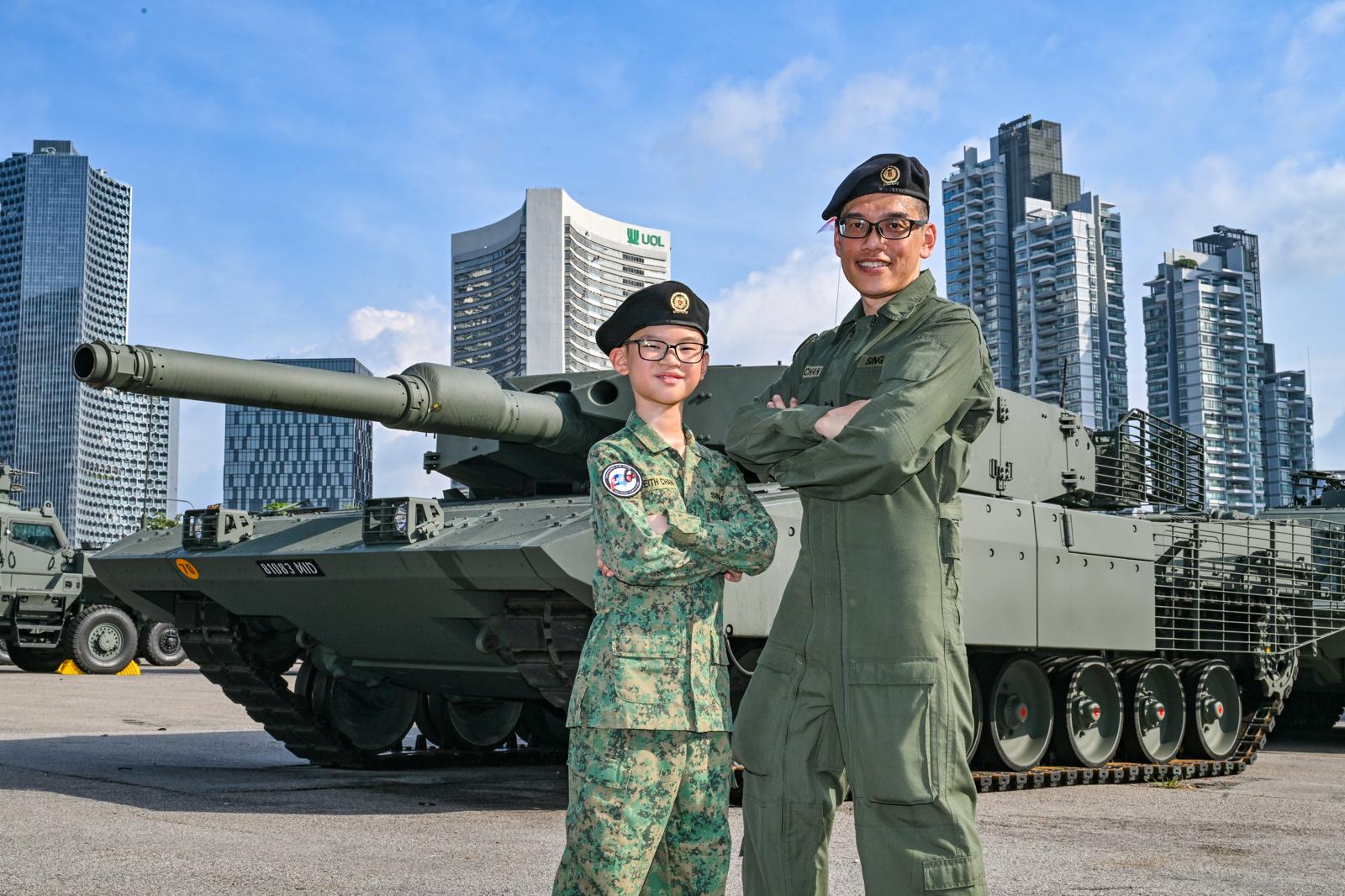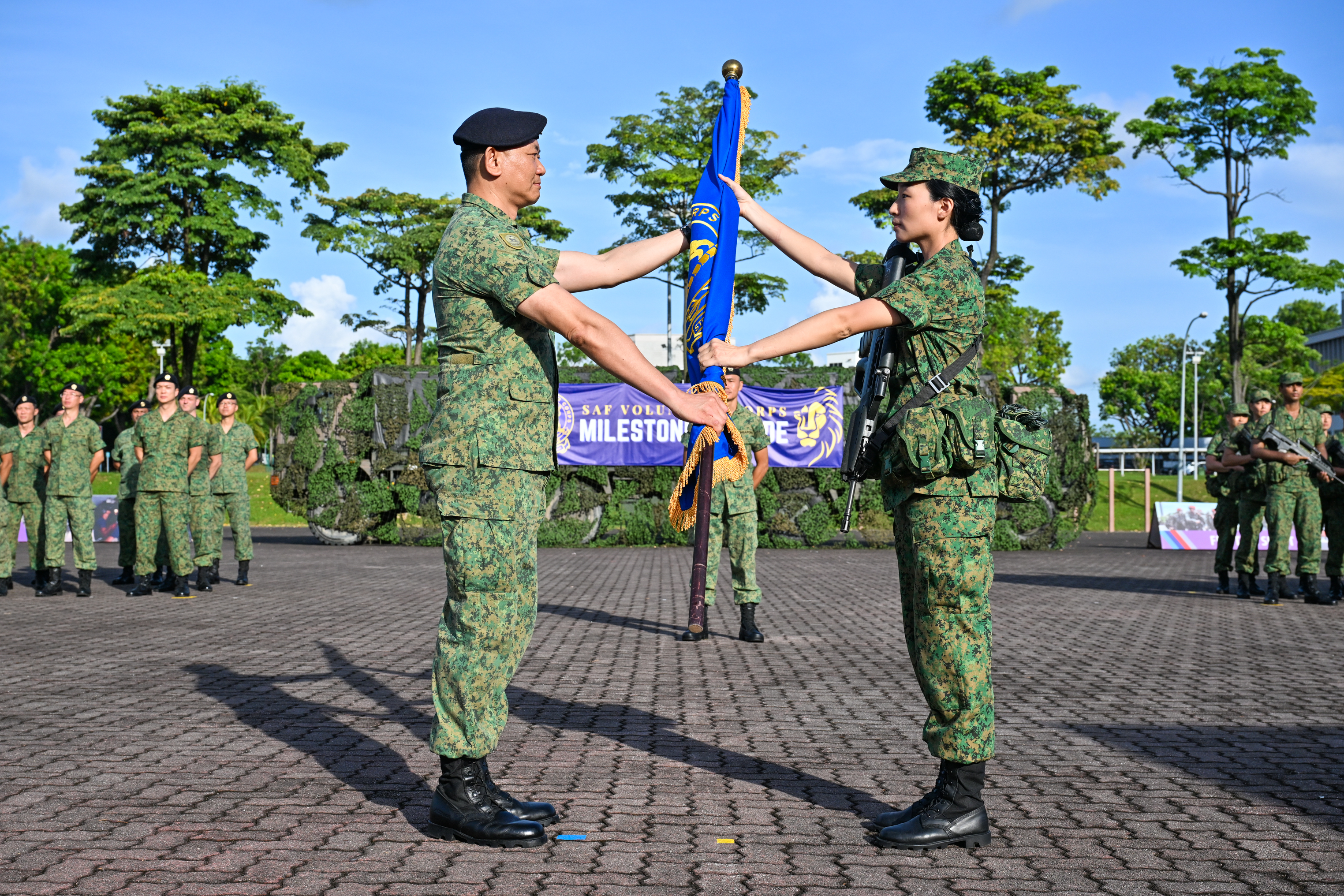A RESPONSE FORCE TO BE RECKONED WITH
PHOTO // Chai Sian Liang
Meet the soldiers of the SAF's elite medical force who are trained in managing Chemical, Biological, Radiological and Explosives (CBRE) attacks.
A blast is heard at a key installation on Jurong Island in a suspected bomb attack by terrorists. The Singapore Armed Forces' (SAF's) CBRE team is dispatched to the scene and swiftly contains the threat.
The team realises there were some initial casualties which included several first-responders. The casualties are displaying unusual symptoms: convulsions and uncontrollable shaking. The CBRE team worries that the bomb was a chemical or biological weapon. The casualties require urgent medical attention, but are covered in dangerous chemicals that can quickly spread and contaminate those around them
Enter the medical officers (MOs) and medics of the Medical Response Force (MRF). Their role is to rescue, decontaminate and treat victims of CBRE attacks.
Fighting an invisible enemy
The MRF is the medical arm of the CBRE Defence Group, which also includes 36th and 39th Battalions, Singapore Combat Engineers. Established in 2001, it is a tight outfit comprising about 120 combat-trained MOs and medics. Although small, every single soldier in the unit, from doctors to Medical Decontamination/Transport Vehicle (MDTV) drivers, is medically trained.
Since the modern military landscape shifted from conventional fighting methods to unconventional ones such as biological and chemical warfare, there was a crucial need for the SAF to develop its CBRE defence capabilities, explained Lieutenant Colonel (Dr) Muhammad Idu, Commanding Officer of MRF. "The MRF was formed to address the need to manage CBRE-affected casualties."
Captain (CPT) (Dr) Collin Ho elaborated: "The reality of today's military situation is that the chance of us facing an unconventional war is higher - chemical weapons can be easily manufactured, and the effects of an attack can be devastating."
Working with the combat engineers, the MRF supports the CBRE Defence Team in providing decontamination and treatment services to victims of CBRE attacks. While regular combat medics are trained to handle typical battlefield injuries such as gunshot wounds and blood loss, MRF medics are taught to identify a unique type of injury.
"The symptoms of a chemical attack are very different; for instance, a casualty may present (symptoms such as) seizures or a fit," said CPT (Dr) Ho. "This is because chemical agents essentially cause your body to tense up. You produce a lot of fluids and your lungs fill with water. You also start seizing uncontrollably. Eventually, you will not be able to breathe."
The MRF deployment process can be divided into five sections (see "Decontamination and treatment process" section below). The first is the extrication and evacuation of casualties. This is followed by a "hasty decontamination" of casualties, before they are triaged according to the severity of their conditions.
They are then sprayed and scrubbed down thoroughly in the MDTV's decontamination unit.
After this, medics scan them to ensure that they are free of contaminants, and send them on to the MO for treatment.
As part of their training, medics familiarise themselves with the skills required in all five sections, before they specialise in a particular section.
Said Military Expert (ME) 1 Ibrahim bin Hamzah: "The specialisation makes us more proficient and allows us to work faster in our respective sections. But generally, we all know what each section does." The 25-year-old Force Sergeant is one of the few Regulars in the unit, which is largely made up of full-time National Servicemen (NSFs).
"The reality of today's military situation is that the chance of us facing an unconventional war is higher - chemical weapons can be easily manufactured, and the effects of an attack can be devastating." - CPT (Dr) Ho
No pressure, no diamonds
To prepare them for the demands of chemical and biological warfare, MRF trainee medics are put through a tough two-month-long conversion course. The mere mention of the course strikes fear in those who have passed through its doors.
"It was a culture shock!" said 23-year-old Corporal First Class (CFC) Piratheep Kuppusamy. "Training was harder than we had imagined. When we were training to be medics, we did a lot of studying. Over here, the physical demands were much higher."
The trainees, who are full-fledged combat medics, are taught the skills necessary in managing a CBRE incident. This includes caring for casualties of chemical agents, as well as chemical defence to keep themselves safe during a deployment.
As part of their chemical defence training, medics must also learn to operate in a fast-paced environment while geared up in heavy Individual Protective Equipment or Mission-Oriented Protective Posture (MOPP) suits. The carbon-lined suits protect medics from CBRE contaminants.
When donned in full, the MOPP suit weighs 2.5kg. And this is not even counting the field packs they carry. Breathing also becomes difficult under the mask. Thus a lot of training time is dedicated to helping trainees acclimatise to the heat and weight.
"During the conversion course, we underwent progressive training to condition ourselves. We started with just the mask, then added the top, bottoms and gloves, before the full load," said Triage Section In-Charge, 3rd Sergeant (3SG) Muhd Nur Hakim bin Abdul Rahim.
Learning to regulate breathing is crucial, not only because oxygen is limited under the suit, but also to keep calm in a high-pressure situation.
"In an MRF deployment, tensions are high, so everyone is in a panicky state," said 3SG Hakim. "The background is also very noisy, which makes it difficult for us to communicate when wearing the mask."
Teamwork and mentorship
When operating under such intense environments, teamwork is of utmost importance. 3SG Hakim explained: "Each person must know what he is supposed to do. This is why, before a deployment, we will discuss our roles so that we all know exactly what is expected of us during the exercise."
He revealed a special method that the MRF uses to reinforce this notion of personal responsibility and teamwork: "We do runs in the morning with the MOPP suit and field packs. If someone drops out during the run, his field pack is passed around his platoon. This discourages him from giving up because his platoon-mates will then have to bear his burden."
ME1 Ibrahim added: "These things help remind us that if any one of us does not pull our own weight, it will be painful for the rest."
The sense of teamwork and camaraderie extends beyond their usual training. Many of the medics have backgrounds in healthcare and medical science, and working with the MOs pushes them to improve their skills and knowledge.
CFC Yeo Tee Kun, 23, who holds a diploma in nursing, said: "(As trained doctors,) the MOs have solid medical knowledge, so there's pressure to match up to them. If we cannot meet their requirements, it will delay the casualty's treatment."
The MOs, too, find satisfaction in mentoring their medic colleagues. "Training and mentoring the guys is the most fulfilling (part of my job). Not many MOs have the chance to do this, and it's something I'm grateful for," CPT (Dr) Ho said thoughtfully.
"It helps that we are older and have had experience in the hospitals. Hopefully (I can help them) understand that the injuries they deal with are very possible and real."
Decontamination and treatment process
Step 1
Medics from the Medevac (medical evacuation) Team extricate and evacuate casualties from "hot zones" -- sites of the CBRE attacks.
Step 2
Medics give casualties a "hasty decontamination" (an initial spray-down) before they are triaged according to the severity of their injuries. P1 casualties are the most severe while P3 casualties are the least severe. Casualties who have succumbed to their injuries are classified P0.
Step 3
Casualties are brought to the decontamination unit, located either inside the MDTV or in the tents beside it. Here, they are thoroughly scrubbed and sprayed down to remove all traces of hazardous agents. According to CPT (Dr) Ho, soap and water have proven to be one of the most effective decontamination agents.
Step 4
Casualties are scanned to ensure that they are free of contaminants. Those who do not pass muster are returned to the decontamination unit. Only when they are certified decontaminated will they be allowed to move forward.
Step 5
Decontaminated casualties receive treatment from MOs and medics inside a modified MDTV. In addition to basic surgical procedures and life-sustaining equipment, the MRF has advanced medical capabilities such as Advanced Trauma Life Support and Advanced Cardiac Life Support.
Suit up
The MRF obtained the first batch of the new Mission-Oriented Protective Posture (MOPP) suits in October 2015. While only used for actual operations at present, the new suits will eventually replace the current design.
Here are some of its new features:
Improved chemical protection layer
This is a carbon layer that provides better protection against chemical agents.
Lightweight and water-resistant material
The lightweight material increases mobility and allows medics to tend to casualties more efficiently.
Pixelated design
Updated to match the current Army No. 4 uniform. As with the No. 4 uniform, the rank epaulette can be affixed on the front of the MOPP suit.
Inner lining
The inner lining is less scratchy on the skin and prevents the black carbon in the protective layer from rubbing off on the wearer.
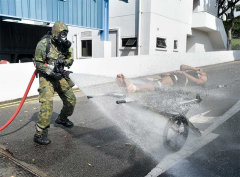
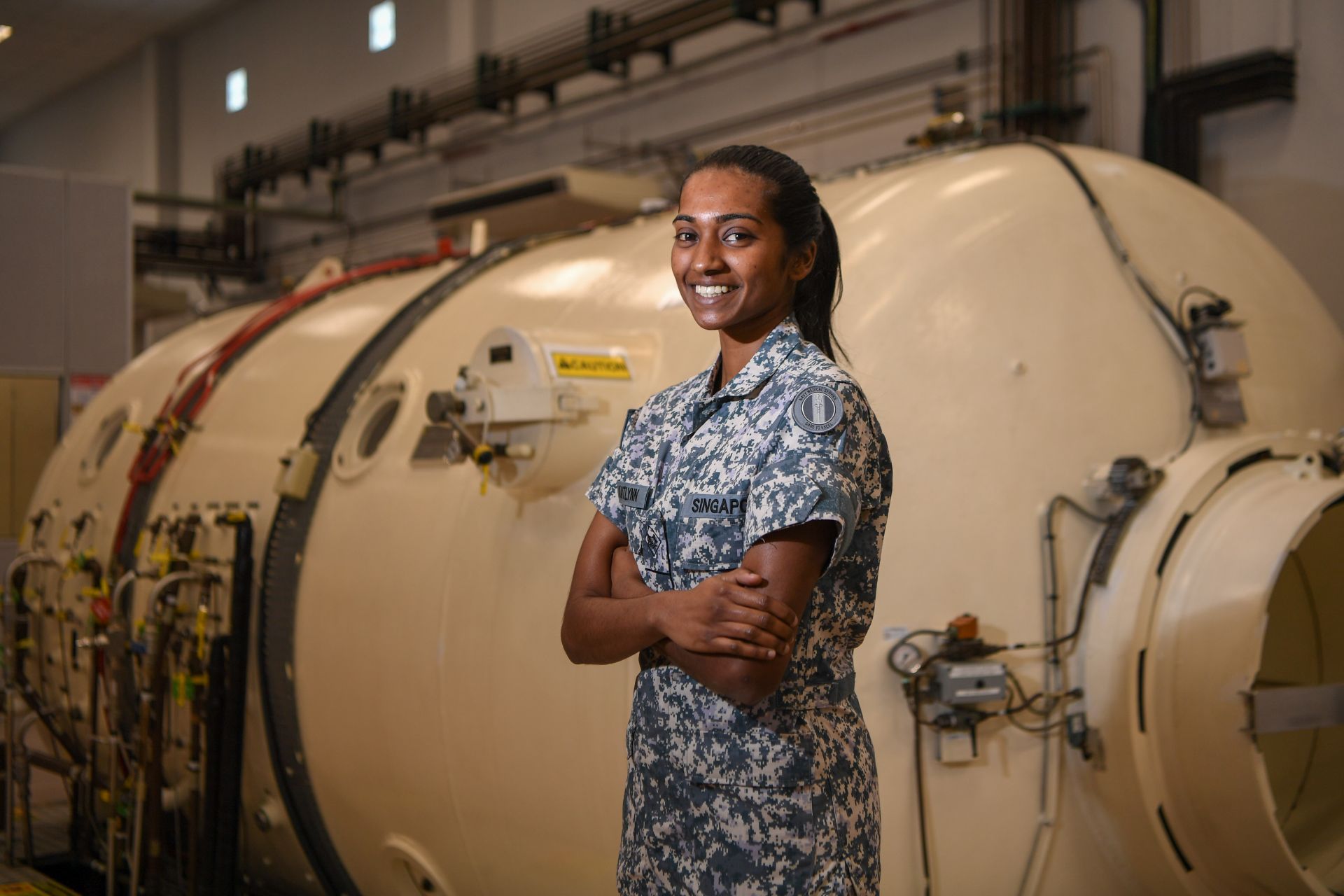
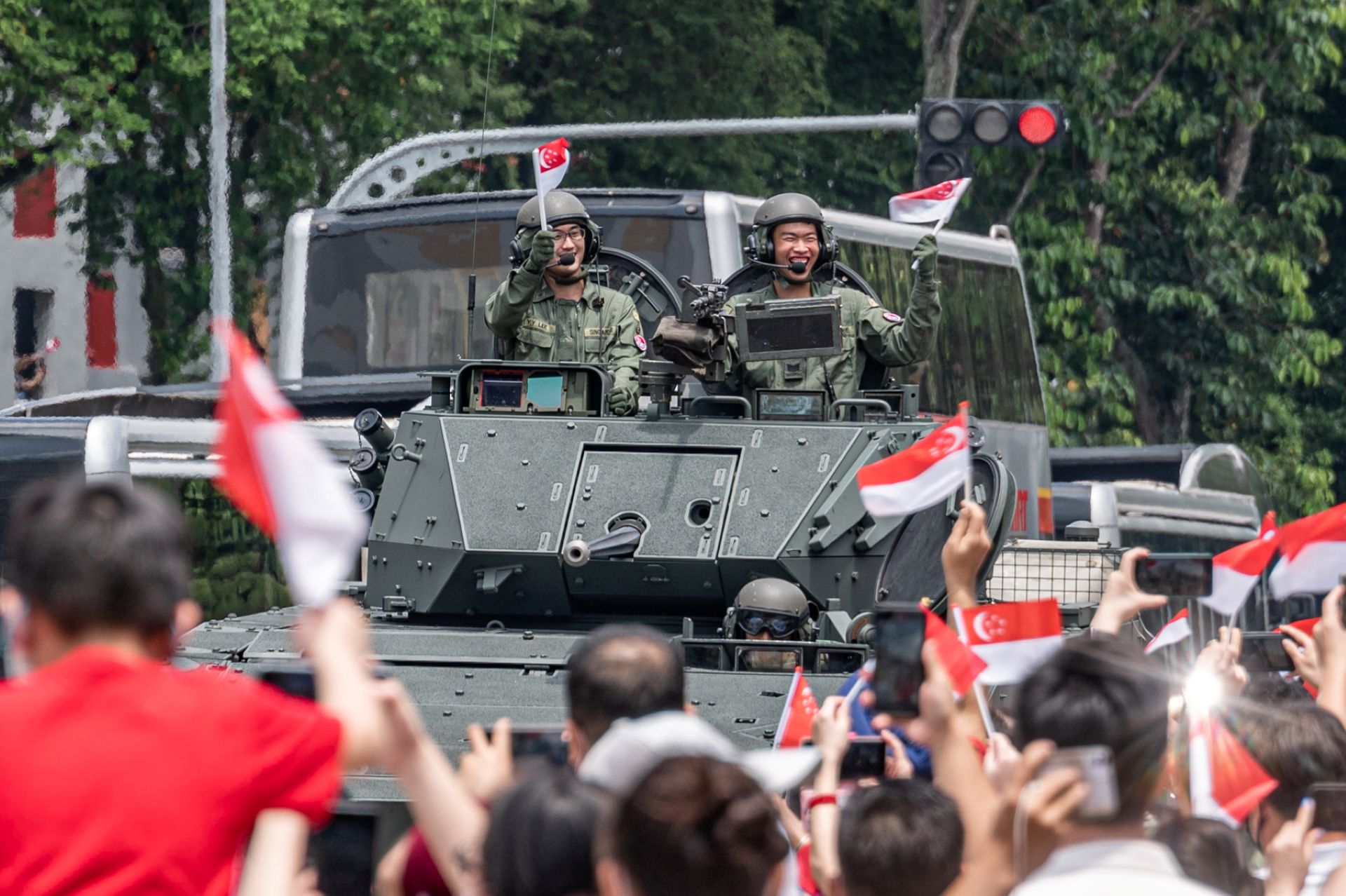
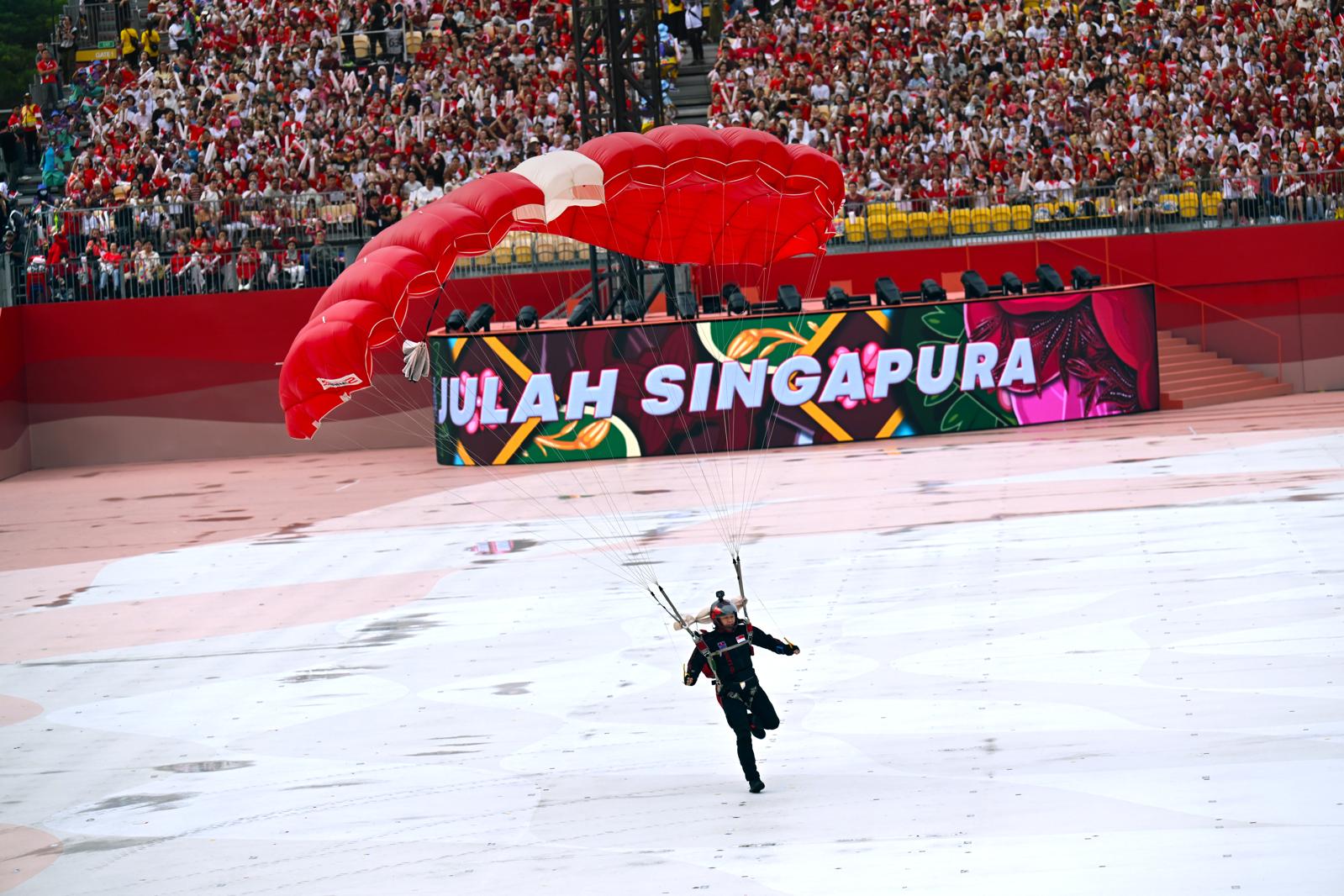
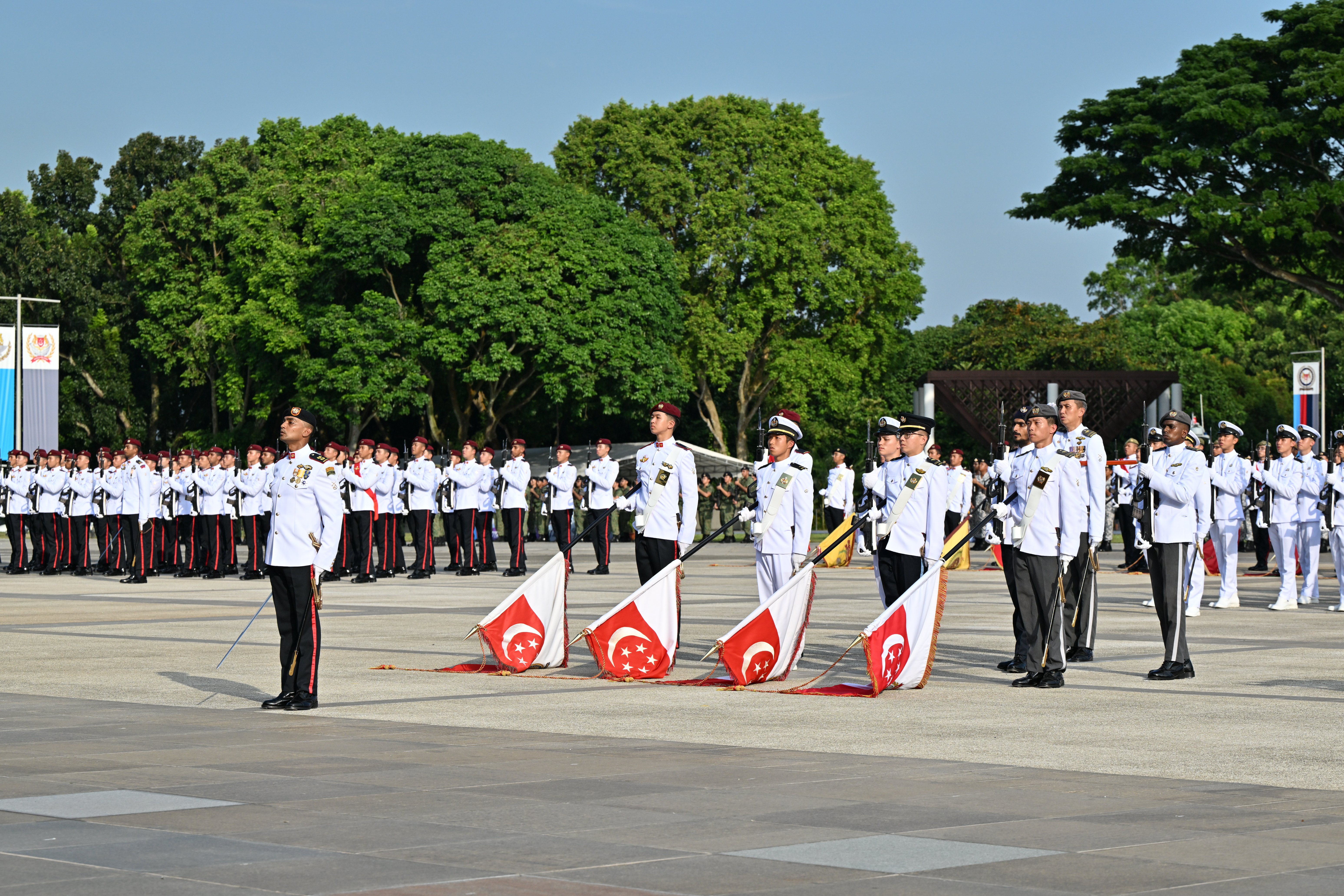
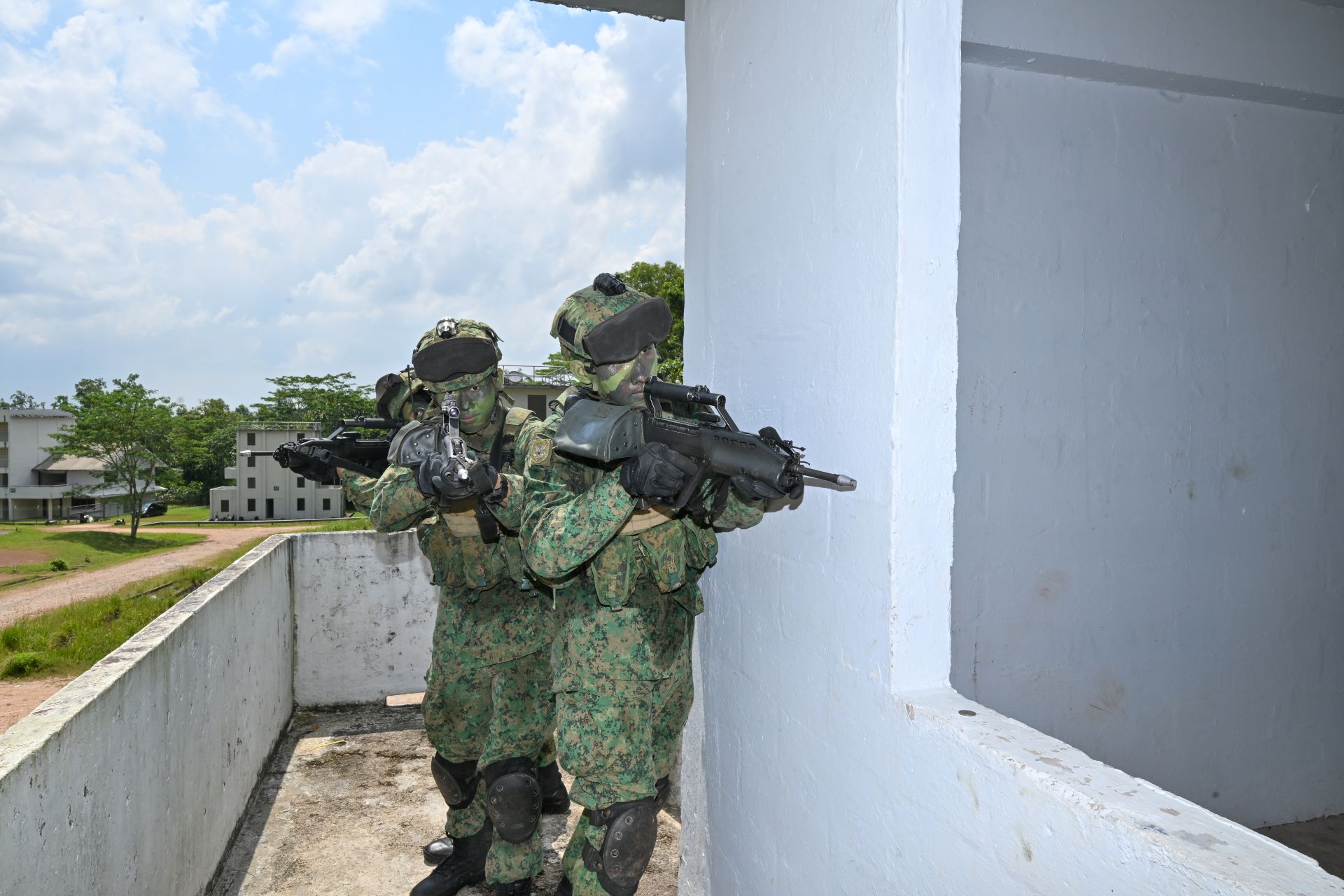
.jpg?sfvrsn=b5383902_1)
.jpg?sfvrsn=4eb1b86e_1)
